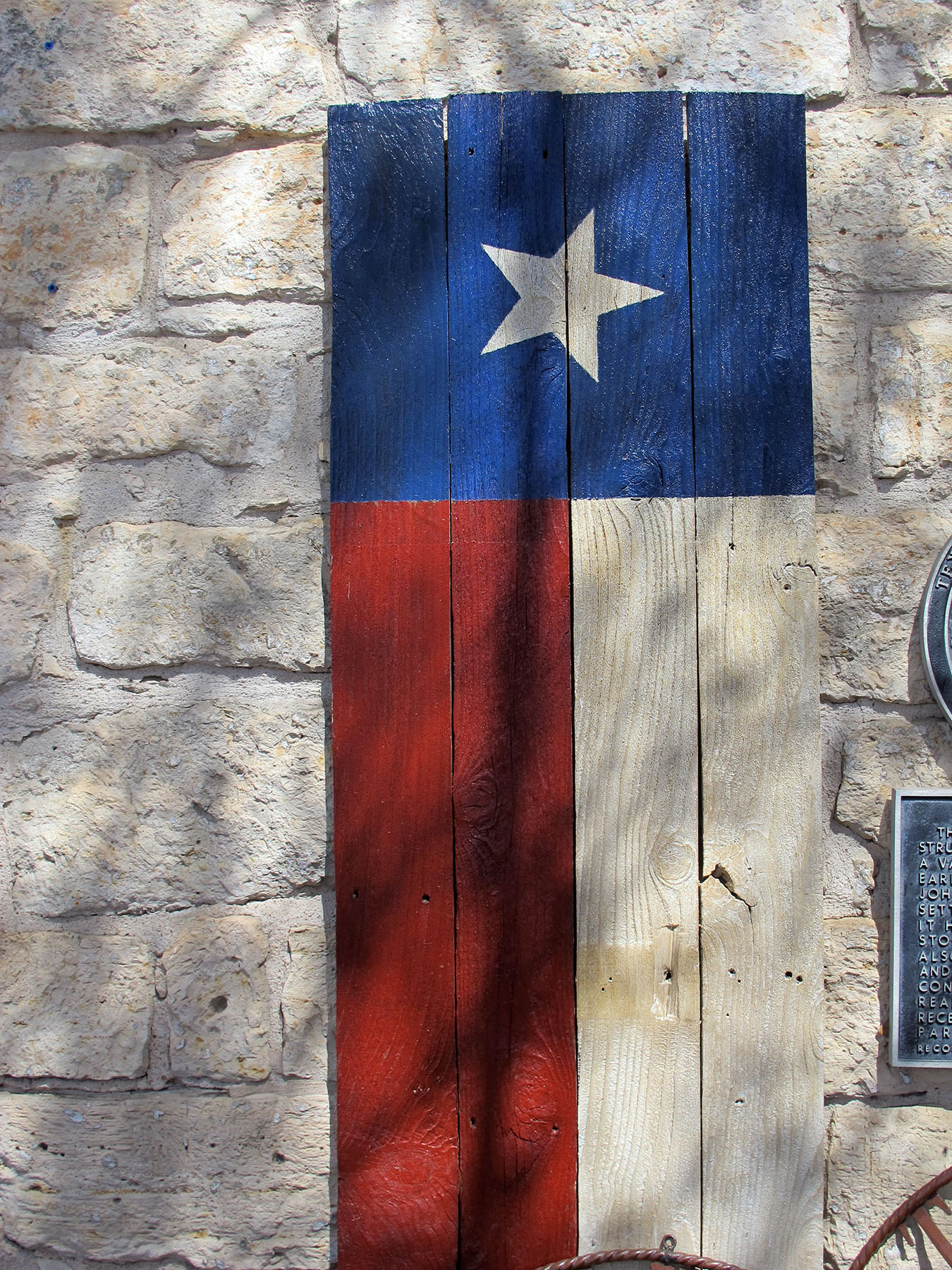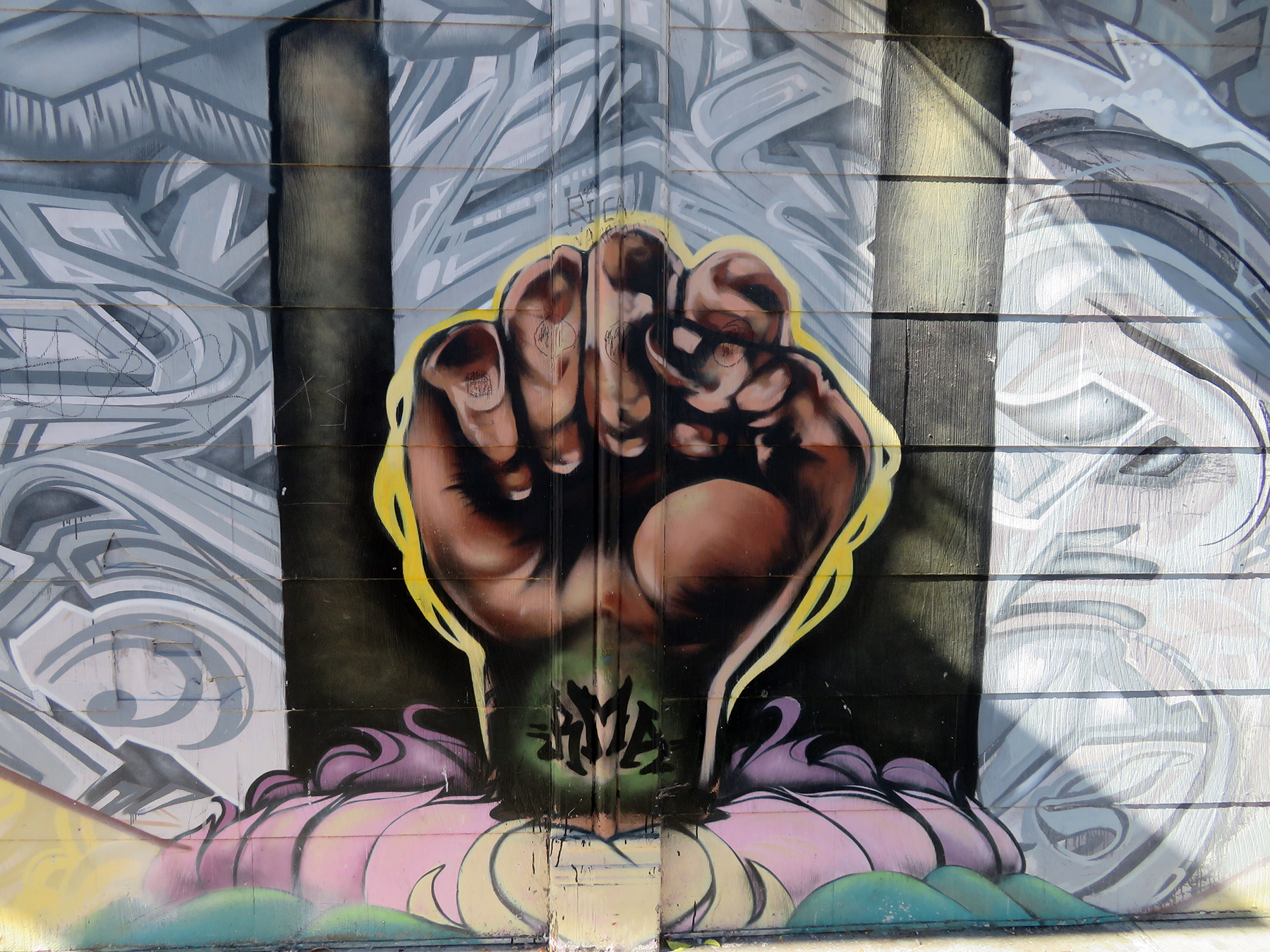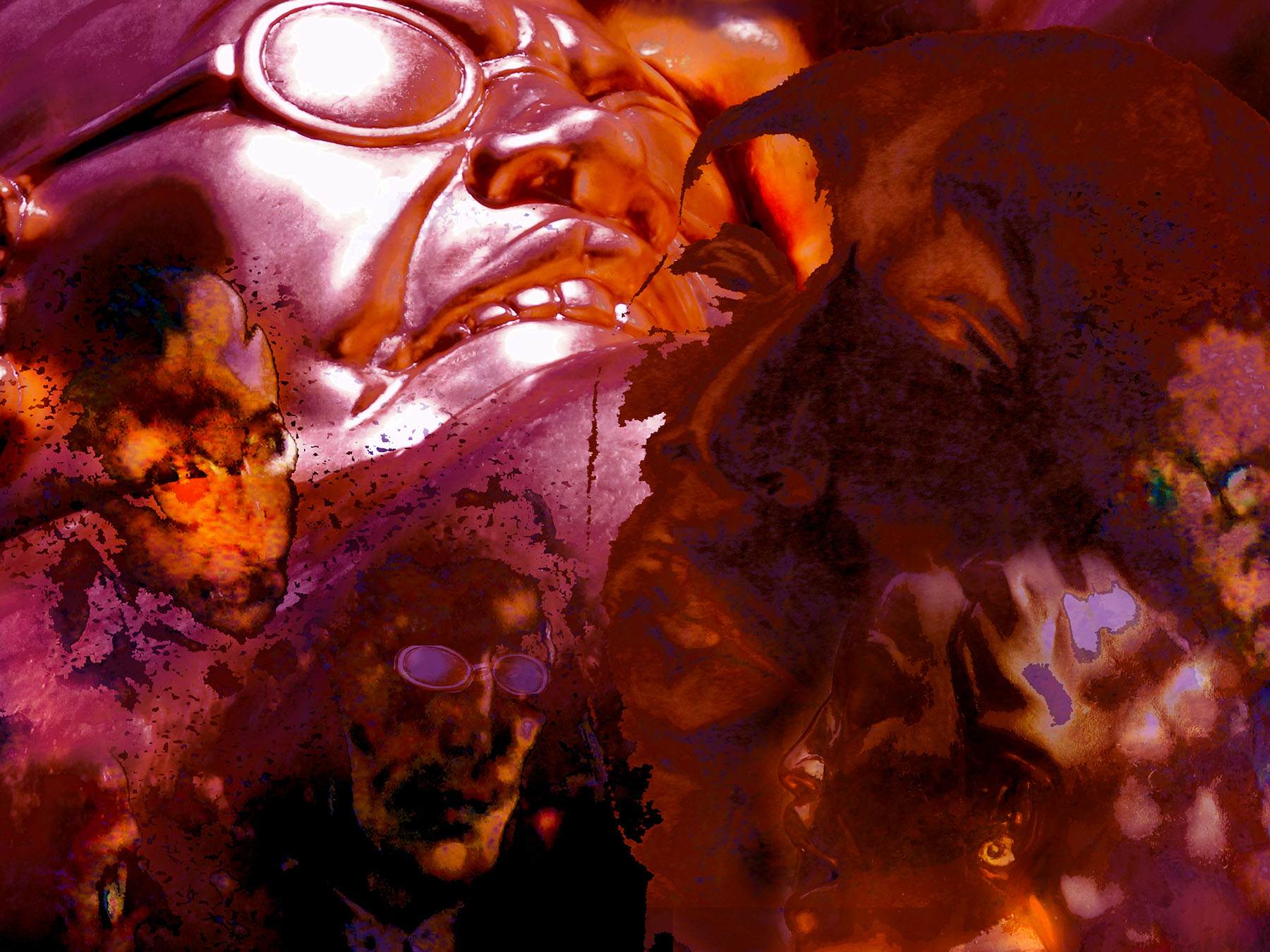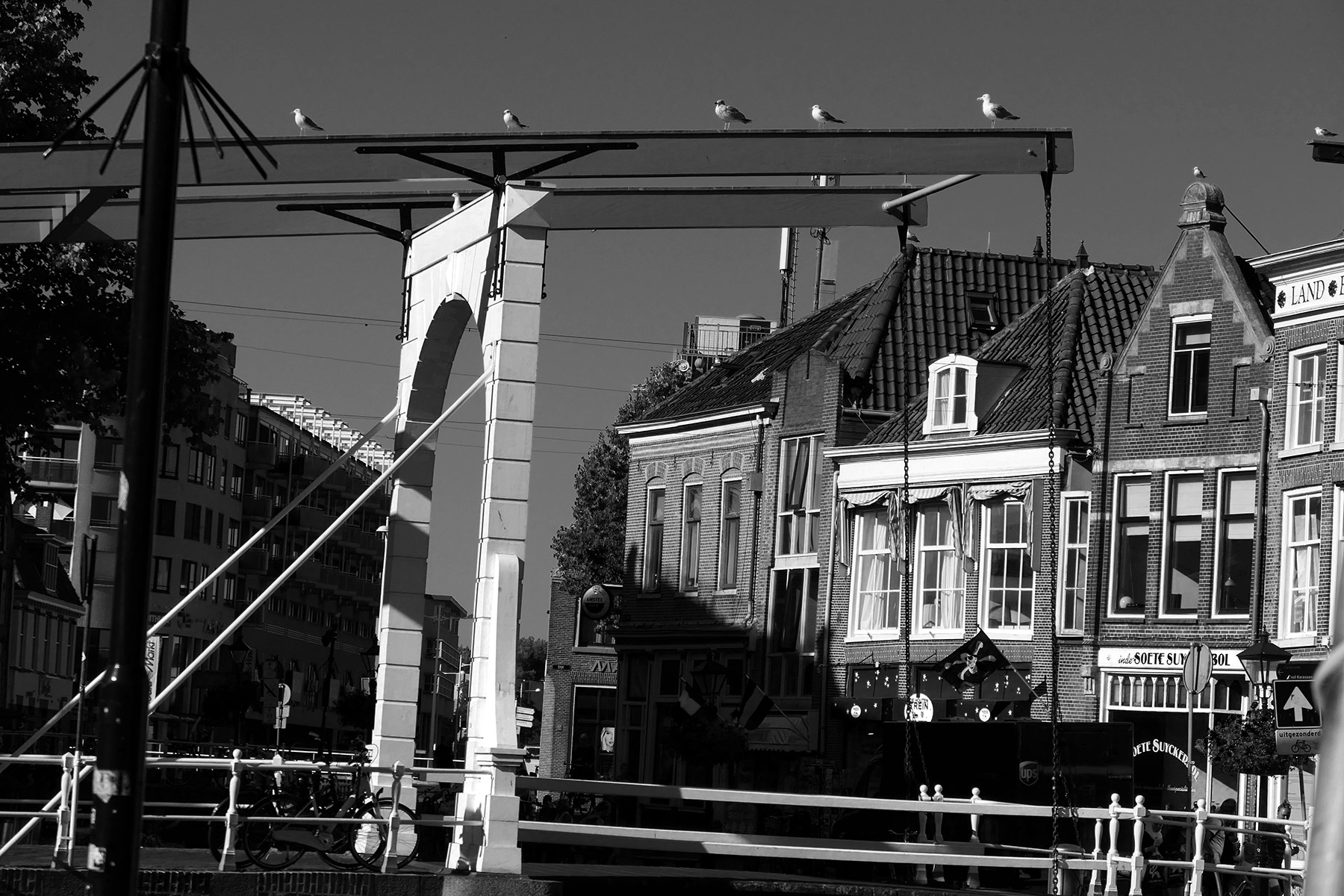“So who are the good guys?,” my Beloved asked. “What do I know,” was my response, having only vague associations with Haiti, Papa Doc and Baby Doc, paramilitary violence of the Tonton Macoute, and devastating earthquakes. Crash course in history ensued, immediately regretted, given the revelation of nothing but horrors.

The small French-Creole nation occupies the western third of the Caribbean Island Hispaniola. Its inhabitants are the poorest in the Western hemisphere, with ⅔ of its children malnourished, and 1 out of 5 dying before the age of six. 60% of Haitians live on fewer than $2 a day. About half the population does not know how to write or read. How did it get there?
The island was claimed by Columbus for Spain in 1497, but the French took over in the 17th century and soon colonized it as a slave state raising sugar cane. Hard labor, torture and tropical disease ravaged the slave population, with endless slave ships arriving from Africa to keep the required numbers up around 800.000 slaves working for the French colonial masters. Definitely not good guys. In fact, really bad guys, because after a successful slave rebellion in 1804, they “negotiated” for years with the help of war ships to be paid reparations for their lost colony and human capital, eventually settling Haiti with a crushing debt of 150 million Francs to achieve indemnity, the acknowledgement of independence. With interest the debt was paid off finally in 1947. By then the necessary borrowing to be able to make the installments had undermined any chance to build a functioning educational and health system or public infrastructures. Details can be found here.

So the slave rebels were good guys? Hm, not entirely. The consistent rape of Black slave women by White slave owners had led to a separate class of Mulattoes who sought domination over the Black population after the uprising. Long story short, much infighting ensued between groups that really should have united forces against the colonial masters. The Mulattoe elites often used Black generals or politicians as puppets or their interest. Eventually the country divided in North and South being ruled by two different factions. The South clung to the ideal of the French revolution, with land being distributed to the poor. There, the average Haitian was an isolated, poor, free, and relatively content yeoman. In the north, the average Haitian was a resentful but comparatively prosperous laborer under restrictive rule of a royalist king.
Continued factional fighting and bloodshed eventually led to an occupation by US forces in 1915. Good guys? Ahem. Occupation was driven by interest in access to the Panama canal and vying for control of the Caribbean over European, particularly German interests. The occupation lasted until 1934.

Fast forward to 1957 with the election of Francois Duvalier, Papa Doc, who installed a regime of terror with the help of paramilitary executioner forces, the Tonton Makoute. Evil guy. More than 30.000 Haitians considered opposition were killed during his reign. His son, Jean-Claude Duvalier, Baby Doc, took over after his father’s death but had to flee to France when the extent of his kleptocracy, his regime’s theft and corruption became public. The role of the US? Bad guys. In the course of pursuing cold war interests, they did nothing to stop the atrocities or persecute those responsible later on, not even during human rights-focused administrations such as Jimmy Carter’s. “Butch Ashton, a business man who made his fortune during the Duvalier dictatorship by establishing corporations such as Citrus (a fruit exporter) and the Toyota dealership in the country’s capital, vehemently claims that the Tonton Macoute militia was trained by the U.S. Marine Corps and that the highest levels of the American government were complicit in this arrangement.” (Ref.)
And here we are in demand again, or so it is claimed by political observers who suspect that Haiti’s elite was behind last week’s murder of the current president, hoping to stave of a brewing revolution by the ever more impoverished population, suppressing it with the potential help of an American military intervention alongside Colombian and Honduran forces. Who was President Moïse, assassinated by a tightly organized group of paramilitaries pretending to be US Drug Enforcement agents, Americans and Columbians among them, apparently supported by Columbian ultra right-wing President, Iván Duque Márquez, bosom buddy of Brasilian president Bolsanero? (Particularly bad guys.)

Moïse a good guy? Nope. He had been clinging to the presidency even though his term was over; he had been syphoning away the money given through the Venezuelan funded program Petrocaribe to offset the devastating effects of the 2010 earthquake – 300.000 dead eventually and over a million Haitians made homeless, migrating to the cities in search for escape from starvation. Mass demonstrations against corruption and repression, urging his removal stoked fear in the 12 or so elite Haitian families who indirectly control the country.
There is clearly increasing rebellious fervor coming out of the millions of people cooped up in Haitian shantytowns. Marauding forces (no good guys either) were for the last decade a scourge on both the rich and the poor, with indiscriminate kidnappings and murders. Some of these gangs were hired by the business- and landowning mid- and upper class to protect their interests. Others formed as a response to the increasing poverty, particularly after the earthquake. Enter Jimmy Cherizier, a cop with an elite unit of the Haitian National Police called UDMO, the Departmental Unit of Maintenance of Order, who has organized many of these “gangs” into a G9 unit of vigilance on steroids and the expressed goal of cleaning up the rot of Haitian elites’ repression and extortion.

Moïse’s assassination might very well have been a means to an end to invite Columbian, Honduran and, in the end, UN or US forces, as a powerful barricade against a threatened revolution from below. In the meantime people starve to death, die of Covid-19 (inoculation has not even started,) and are kidnapped for ransom on random bases. No-one official coming to their rescue, as far as we can see, certainly no functioning government. Ariel Henry, the man who Moïse appointed prime minister just before the assassination claimed the right to lead Haiti, pitting him against acting head of state Claude Joseph, whose government has so far managed the response to the killing. Head of the Supreme Court, Judge René Sylvestre, who could have been Moïse’s successor, died of Covid-19 last week. No-one is certain who is in charge, when the next election will be, how to get a handle on the proliferating violence.
Repeat: no good guys. No easy solutions, either.

Music is a medley of Haitian musical styles from a recent performance at the Kennedy Center.
Montages are from my 2020 art series Setting Sail.











































































































